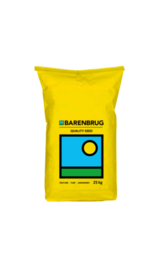The plant is adaptable to a variety of soils and climates but grows best in well-drained sandy loam and in temperate climates. In most areas planting of the same land with flax is limited to once in six years to avoid soil exhaustion. Seedbed preparation for flax is like that for small grains. Sow flax early enough that the plants will become well established before freezing temperatures occur.
After plants have branched at the crown, cold-hardy varieties can withstand much lower temperatures without serious injury. Preference to autumn planting. A relatively shallow planting depth is recommended, but the depth depends somewhat on soil texture and moisture conditions. The way flax responds to fertilizer applications will depend on moisture conditions, the previous crop, and the fertility status of the soil.



